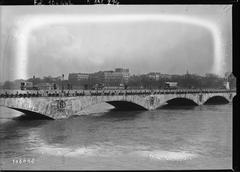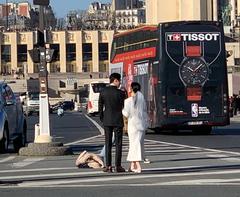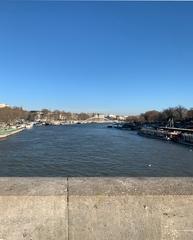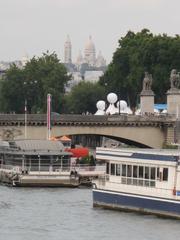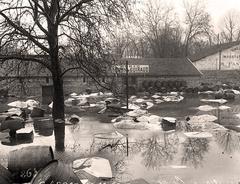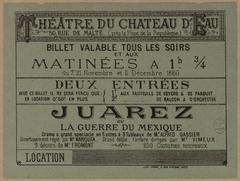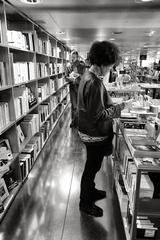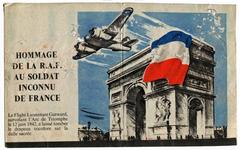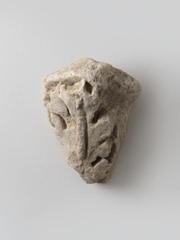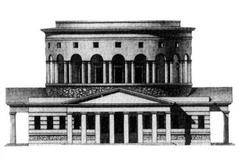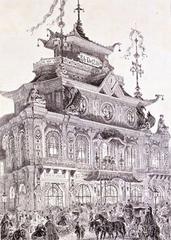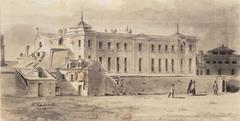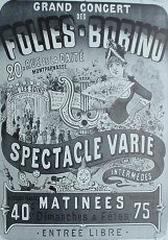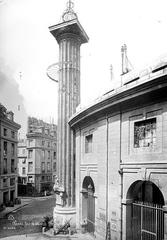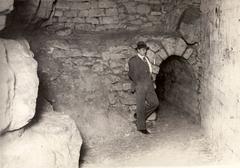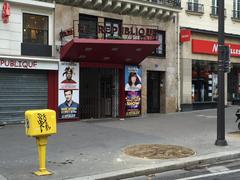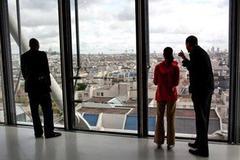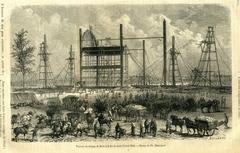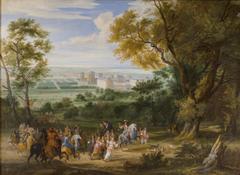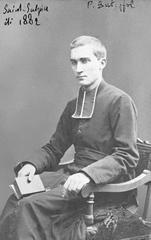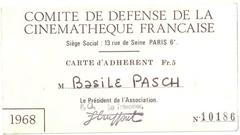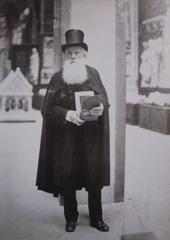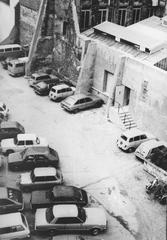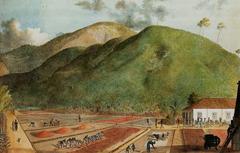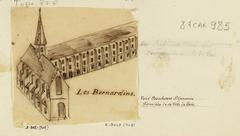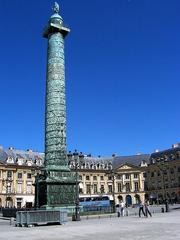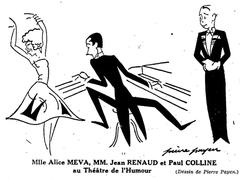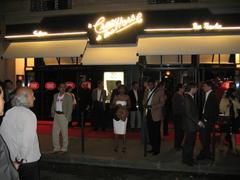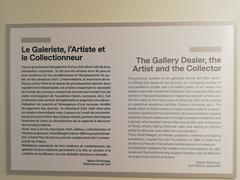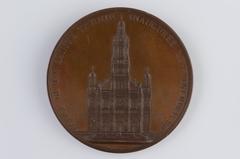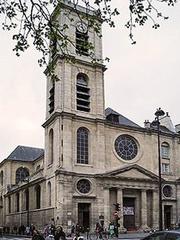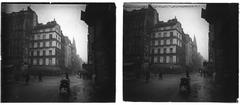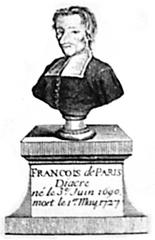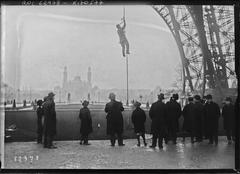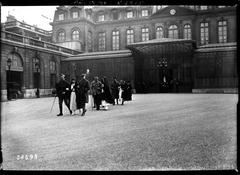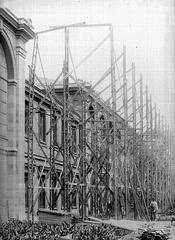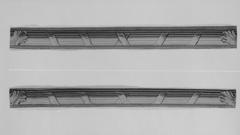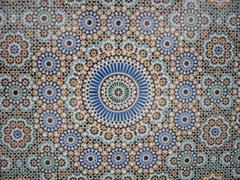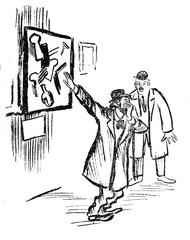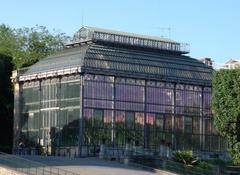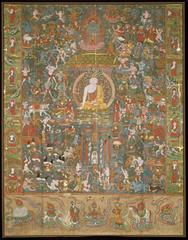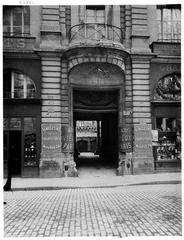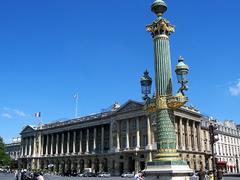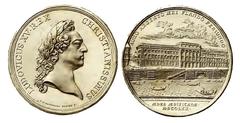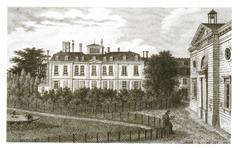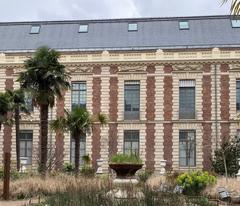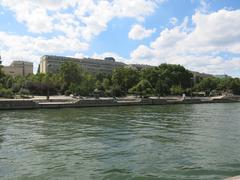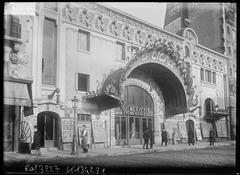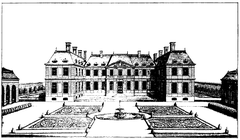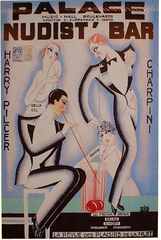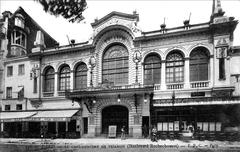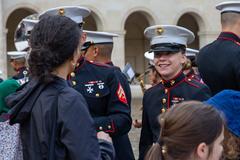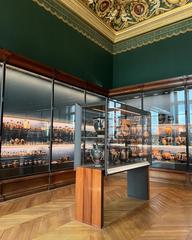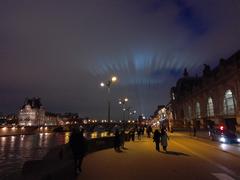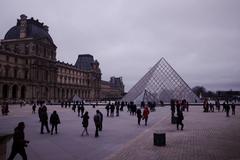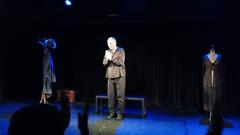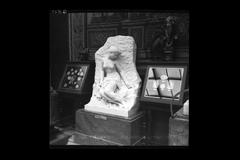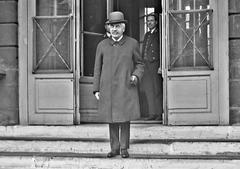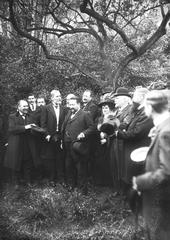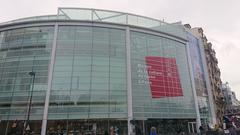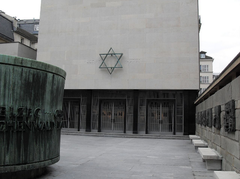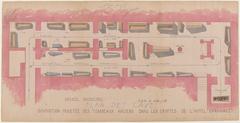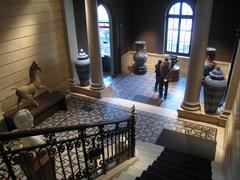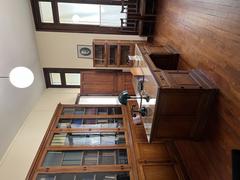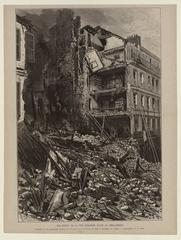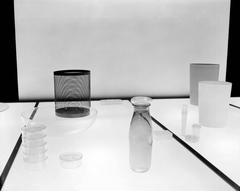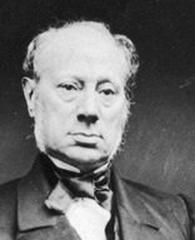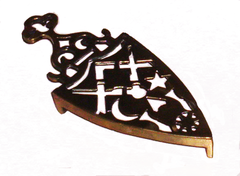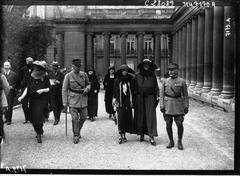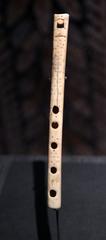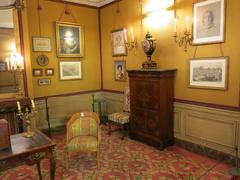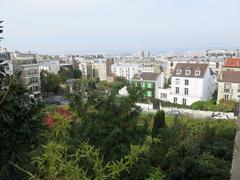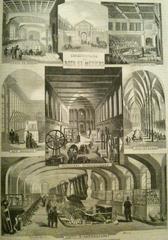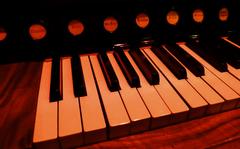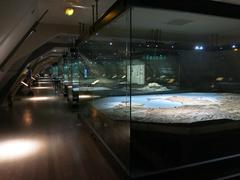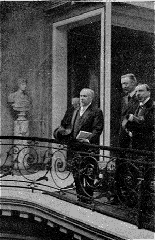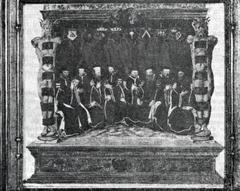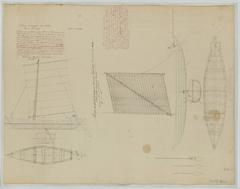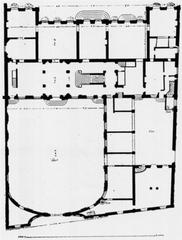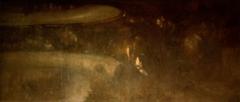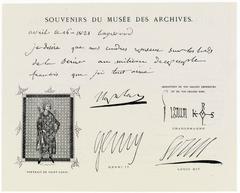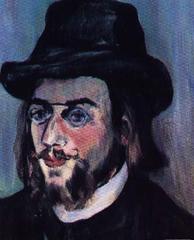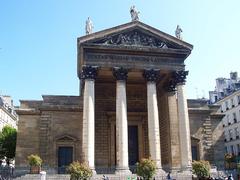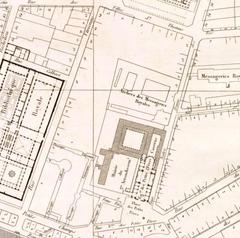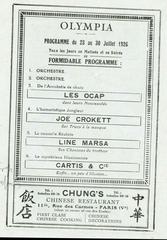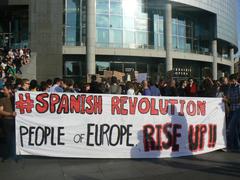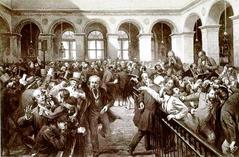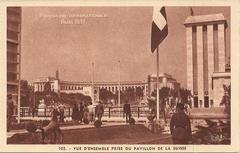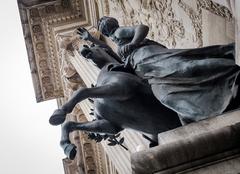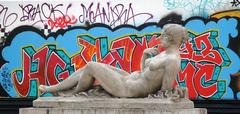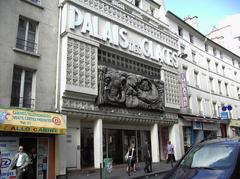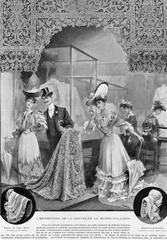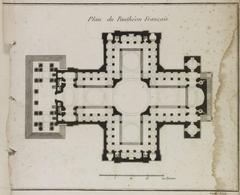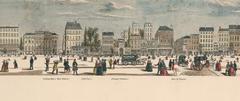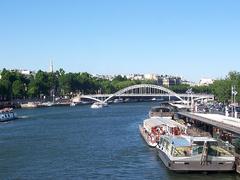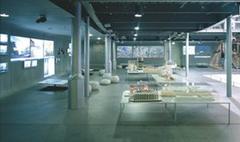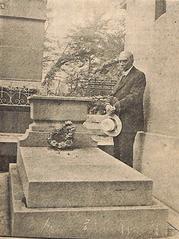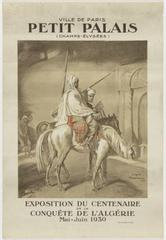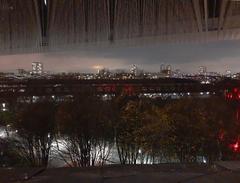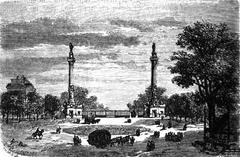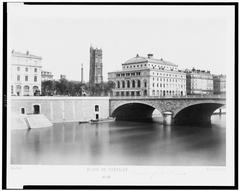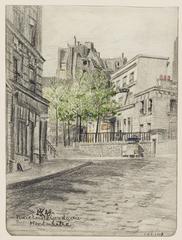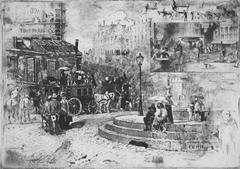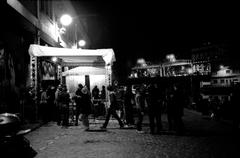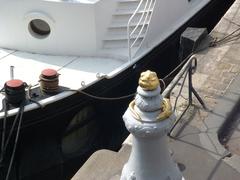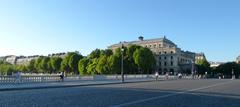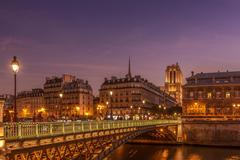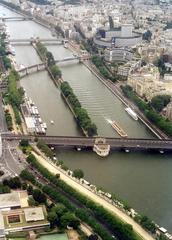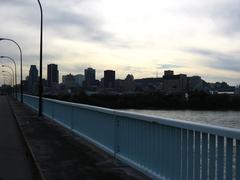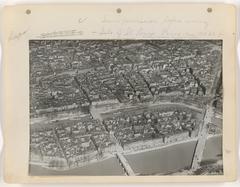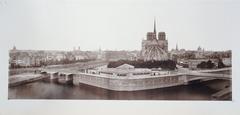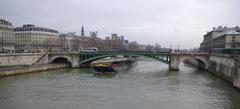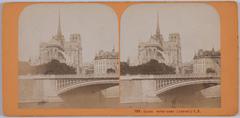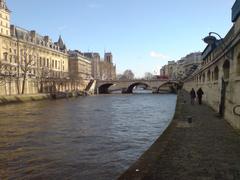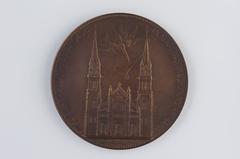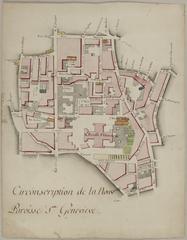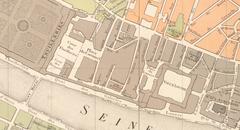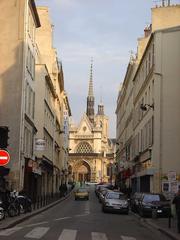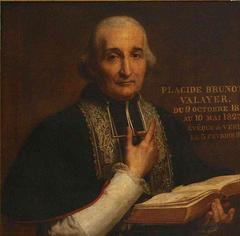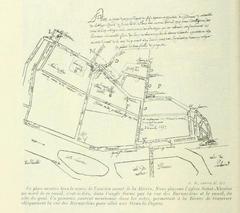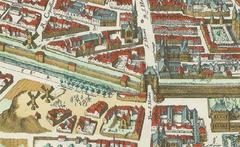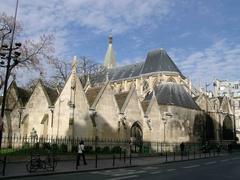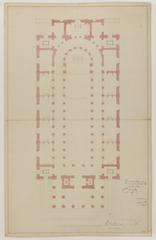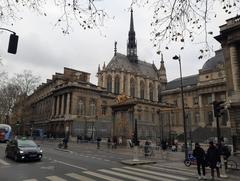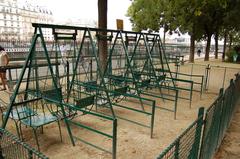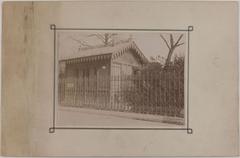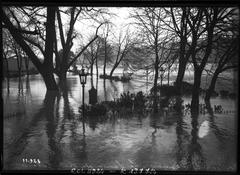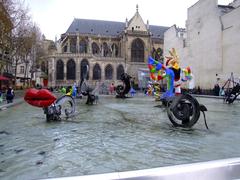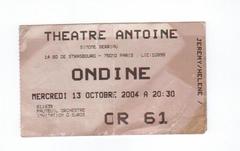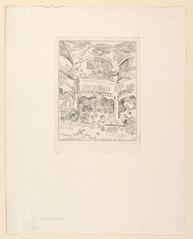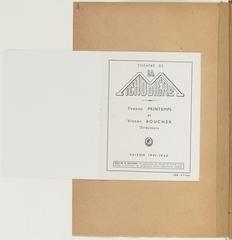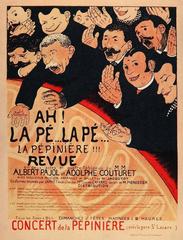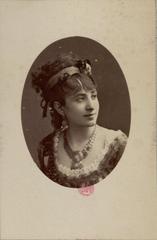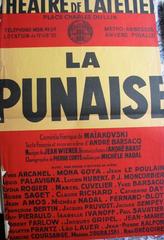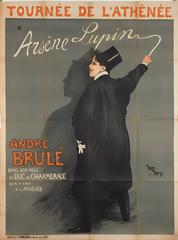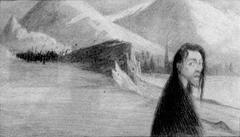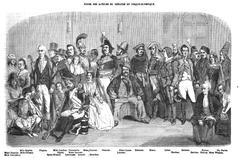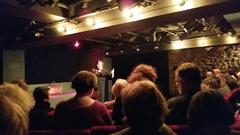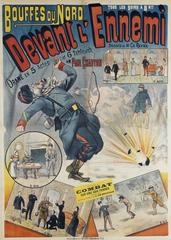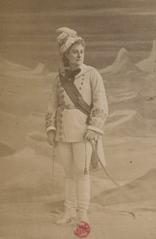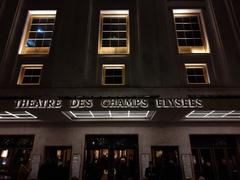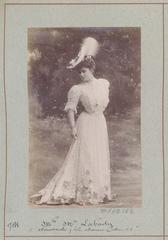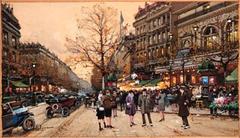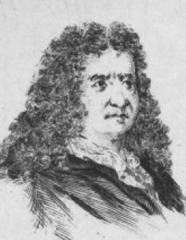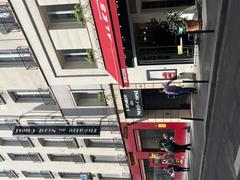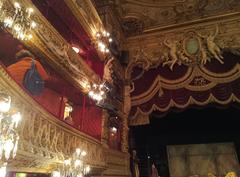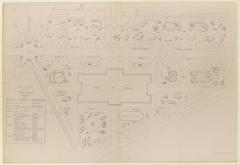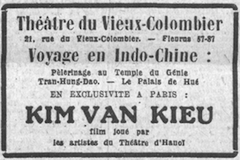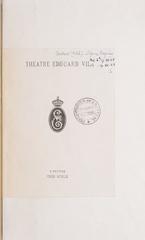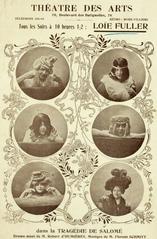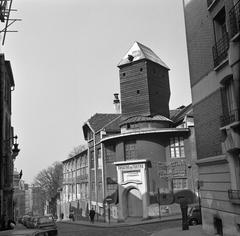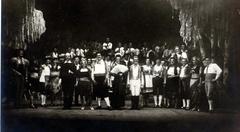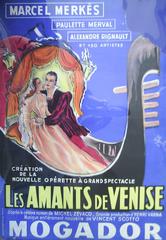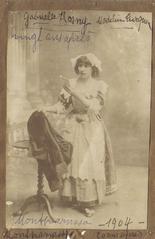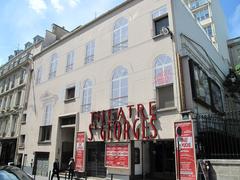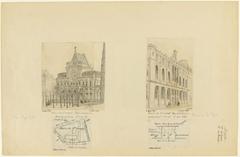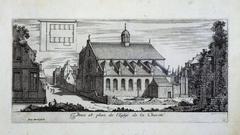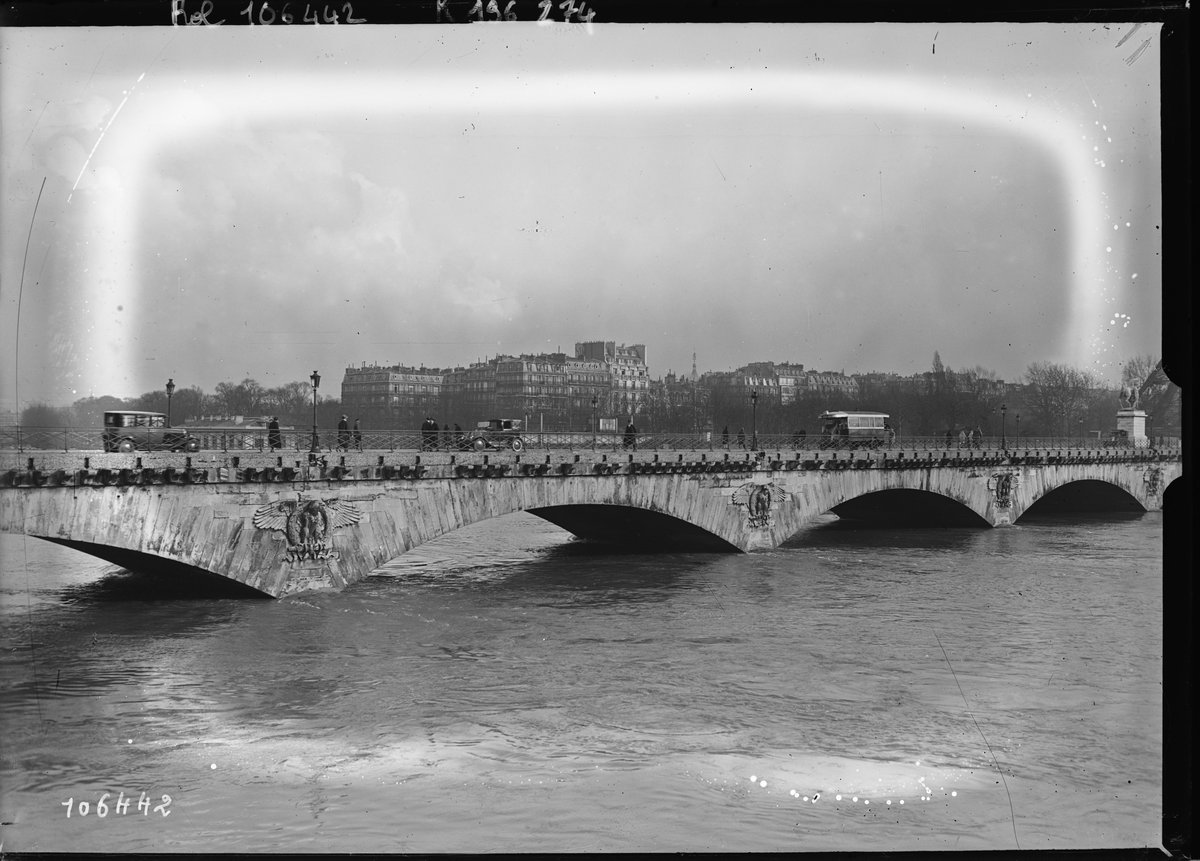
Pont d’Iéna Visiting Hours, Tickets, and Historical Significance in Paris
Date: 18/08/2024
Introduction
The Pont d’Iéna is more than just a bridge; it is a historical landmark that stands as a testament to the rich cultural and architectural heritage of Paris, France. Commissioned by Emperor Napoleon Bonaparte in 1807, the bridge was constructed to commemorate his victory at the Battle of Jena-Auerstedt. Completed in 1814, the Pont d’Iéna connects the Eiffel Tower on the Left Bank to the Trocadéro on the Right Bank, making it a vital artery in the heart of Paris. This architectural marvel, designed by François-Joseph Bélanger and engineer Corneille Lamandé, features five majestic arches and has undergone several modifications to meet the evolving needs of the city. Today, it serves not just as a functional bridge but as a cultural symbol, hosting significant events like military parades and the annual Bastille Day celebrations (Sortir à Paris). This guide aims to provide a comprehensive overview of Pont d’Iéna, detailing its history, architectural features, and practical information for visitors, including visiting hours, ticket details, and travel tips, ensuring a memorable experience for all who come to see this iconic Parisian landmark.
Table of Contents
- Introduction
- Napoleonic Origins
- Architectural Features
- Historical Events and Modifications
- Renovations and Modern Use
- Role in Major Events
- 2024 Summer Olympics
- Visitor Information
- Travel Tips and Nearby Attractions
- Guided Tours
- Photographic Spots
- FAQ
- Conclusion
Napoleonic Origins
The Pont d’Iéna, a significant historical structure in Paris, was commissioned by Napoleon Bonaparte in 1807. The bridge was named after the Battle of Jena-Auerstedt, a decisive victory for Napoleon against Prussia in 1806. The construction of the bridge began in 1808 and was completed in 1814, during the height of Napoleon’s reign. The bridge was designed by the French architect François-Joseph Bélanger and engineer Corneille Lamandé, featuring five majestic arches and adorned with imperial eagles (Sortir à Paris).
Architectural Features
The Pont d’Iéna spans 140 meters across the Seine River, connecting the Eiffel Tower on the Left Bank to the Trocadéro on the Right Bank. The bridge’s design includes five arches, each representing the strength and resilience of Napoleonic architecture. At each end of the bridge, statues of warriors representing different ethnic groups of the French Empire were installed, adding to its historical and cultural significance (Out in Paris).
Historical Events and Modifications
Shortly after its inauguration, the fall of the First Empire in 1815 brought about significant changes to the Pont d’Iéna. When Paris was invaded by Prussian troops, General Blücher, who had been defeated at the Battle of Jena, sought to destroy the bridge in retaliation. However, Louis XVIII intervened, renaming the bridge Pont de l’École Militaire and removing the imperial eagles from the spandrels. Under Louis Philippe, the bridge regained its original name, and during the Second Empire, it was once again adorned with imperial eagles sculpted by Jean-François Mouret and four statues: a Gallic cavalryman, a Roman cavalryman, a Greek cavalryman, and an Arab cavalryman (Sortir à Paris).
Renovations and Modern Use
Over the years, the Pont d’Iéna has undergone several renovations and modifications to maintain its structural integrity and accommodate modern needs. In the 1950s, pedestrian walkways were added to the bridge, enhancing its accessibility for both locals and tourists. Additionally, lighting was installed to highlight the bridge’s architectural features, making it a stunning sight, especially at night (Seine Bridges).
Role in Major Events
The Pont d’Iéna has played a crucial role in various significant events in Paris. It serves as an important transportation hub, with several bus and metro lines crossing the bridge, connecting the 7th and 16th arrondissements of Paris. The bridge is also used for military parades and the annual Bastille Day celebrations, showcasing its continued relevance in contemporary Parisian culture (Seine Bridges).
2024 Summer Olympics
During the 2024 Summer Olympics, the Pont d’Iéna will be a focal point for several events, including cycling and race walking. The bridge will be equipped with temporary structures to accommodate spectators, providing a unique experience for both athletes and viewers. However, due to the construction and preparations for the Olympics, the bridge will be closed to vehicle traffic from May 17 and to pedestrians from July 16, with a gradual reopening expected on August 12 (Dreams in Paris).
Visitor Information
Visiting Hours
Pont d’Iéna is open to pedestrians 24 hours a day, allowing visitors to enjoy breathtaking views of the Eiffel Tower and the Seine River at any time. However, temporary closures may occur during special events or renovations.
Tickets
There is no admission fee to visit Pont d’Iéna. The bridge is a public thoroughfare, making it a cost-effective destination for tourists and locals alike.
Accessibility
The bridge is accessible to both pedestrians and vehicles, with designated walkways to ensure safety. Wheelchair accessibility is available, making the bridge inclusive for all visitors.
Travel Tips and Nearby Attractions
- Eiffel Tower: Located just a short walk from Pont d’Iéna, the Eiffel Tower is a must-visit landmark.
- Trocadéro Gardens: These beautifully landscaped gardens offer some of the best views of the Eiffel Tower.
- Seine River Cruises: Enjoy a scenic boat ride along the Seine River, with many cruises departing near Pont d’Iéna.
- Musee de l’Homme: Situated in the Trocadéro, this museum offers fascinating exhibits on human history and culture.
Guided Tours
Several guided tours include Pont d’Iéna as part of their itinerary. These tours often provide historical context and interesting anecdotes about the bridge and its surroundings.
Photographic Spots
Pont d’Iéna offers numerous opportunities for stunning photographs. The bridge itself, coupled with the backdrop of the Eiffel Tower and the Seine, makes for iconic shots.
FAQ
What are the visiting hours for Pont d’Iéna?
Pont d’Iéna is open to pedestrians 24 hours a day, but temporary closures may occur during special events or renovations.
Are there guided tours available for Pont d’Iéna?
Yes, several guided tours include Pont d’Iéna in their itinerary, providing historical context and interesting anecdotes.
How do I get to Pont d’Iéna?
Pont d’Iéna is easily accessible by metro, bus, or on foot. It is located between the Eiffel Tower and the Trocadéro.
Conclusion
The Pont d’Iéna stands as a testament to the rich history and architectural prowess of Paris. From its Napoleonic origins to its role in modern-day events, the bridge continues to be a symbol of Parisian heritage and culture. Its strategic location, connecting iconic landmarks like the Eiffel Tower and the Trocadéro, ensures that it remains a central part of the city’s landscape, drawing visitors from around the world to experience its historical and aesthetic charm.
Whether you’re planning a leisurely stroll, a photography session, or a guided tour, Pont d’Iéna offers a unique blend of historical significance and contemporary relevance. Don’t miss the opportunity to explore this architectural marvel on your next trip to Paris (Out in Paris).
References
- Dreams in Paris, 2024, Author source url
- Out in Paris, 2024, Author source url
- Seine Bridges, 2024, Author source url
- Sortir à Paris, 2024, Author source url
